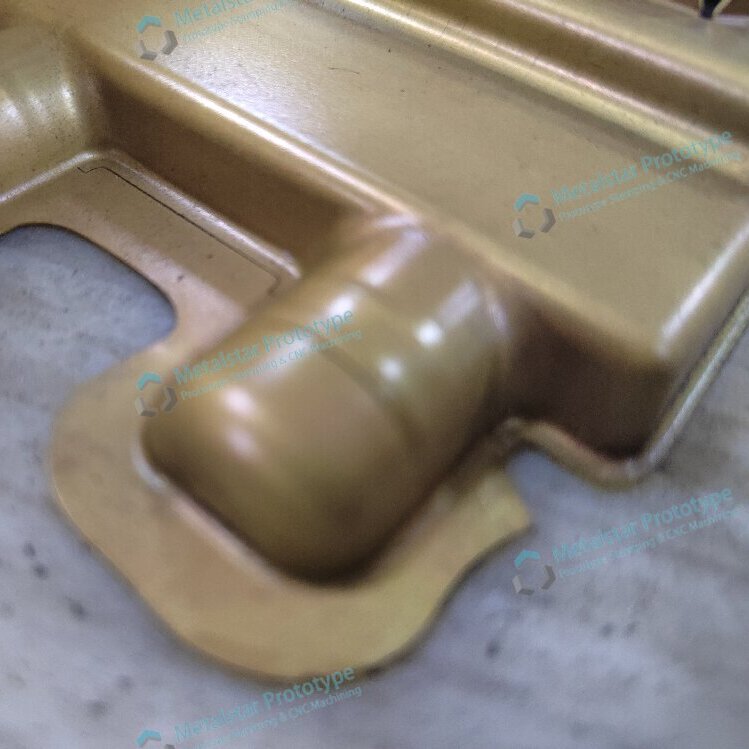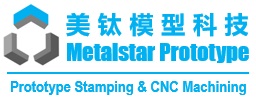When it comes to sheet metal prototyping, suppliers like Metalstar Prototype often rely on simple, temporary, or “soft” tools for the forming and fabrication process. These types of soft tools are well-suited for the prototype stage, as they allow for quick and cost-effective iterations.
The primary purpose of a prototype is to validate the design, test the part’s functionality, and make any necessary adjustments before committing to full-scale production. Soft tools, such as those made from wood, 3D-printed materials, resins or soft metals, can be quickly and inexpensively fabricated to facilitate this prototyping process. They may not be as durable or precise as the final production tools, but they serve their purpose well in the early stages of product development.
In contrast, the production tools used for large-scale manufacturing need to be designed for much more demanding and long-lasting use. These production tools will be subjected to the rigors of high-volume stamping or punching for an extended period, often measured in years of continuous operation. As a result, they require a more complicated and robust structural design to withstand the sustained forces and wear and tear of the manufacturing process.
At the core of these production tools is the need for hard, durable materials. Soft materials like wood, resins or soft steels simply would not hold up under the intense stresses and prolonged usage of a high-volume production environment. Instead, production tools are typically made from hardened tool steels, specialized alloys, or even ceramics, depending on the specific application and requirements.
The complex structure of production tools also serves to ensure consistent part quality and precision over the lifetime of the tooling. Features like precision-ground surfaces, intricate cooling systems, and advanced wear-compensation mechanisms all contribute to the long-term performance and reliability of the production tools.
While the prototype tools can be relatively simple in their design and construction, the production tools must be engineered to the highest standards to meet the demands of large-scale manufacturing. This difference in tooling complexity is a key consideration when transitioning from the prototype phase to full-scale production.
By understanding the distinct requirements and characteristics of prototype and production tools, manufacturers can better plan and manage the sheet metal stamping process, ensuring a smooth transition from initial concept to final, high-quality product. The investment in robust, long-lasting production tools may be greater, but it is a necessary step to achieve the quality, consistency, and cost-effectiveness required for successful mass manufacturing.


